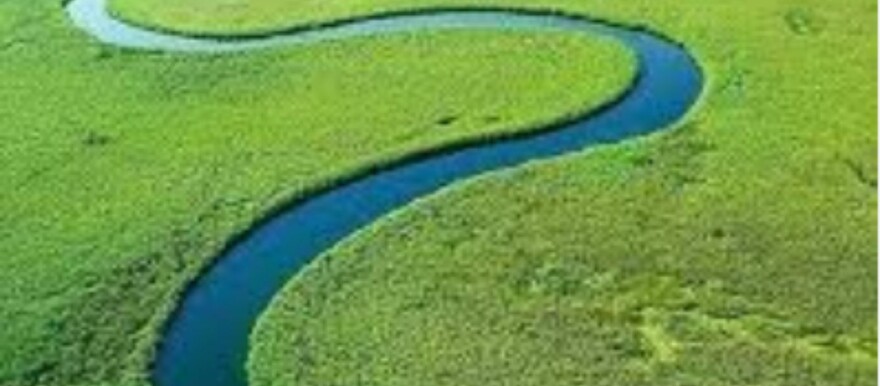South Sudan on Thursday appealed for international support to include the Sudd wetland in the UNESCO World Network of Biosphere Reserves.
The Ministry of Environment and Forestry conducted a three-day workshop in Juba to raise awareness on the protection of the Sudd Wetland.
Speaking at the closing of the three-day workshop, David Batali Oliver, the Director General of Planning and Sustainable Development at the environment ministry said the workshop aimed to find ways to include the country’s wetlands on the conservation list.
“In collaboration with UNESCO, South Sudan is now trying to ensure that the Sudd wetland is also considered under UNESCO list of the biosphere reserve,” Batali said.
He said the training also focused on the preservation of one of Africa’s largest wetlands.
“The objectives of this workshop are to bring stakeholders together regarding the issue of the Sudd wetland being nominated to be among biosphere reserves and the other one is to create awareness among the stakeholders about the Sudd itself as being a biosphere reserve and the third objective to validate the nomination list,” Batali said.
For his part, Paul Gore, the National Coordinator of Man and the Biosphere (MAB) Programme at UNESCO, said the training was conducted for the country to develop information about the Sudd for tourism among other things.
“People live around nature and people need nature to live and people need nature to get food,” he explained. “So, there are so many important things like the component of human nature in terms of conservation being very important because if you conserved the environment, people can benefit from it.”
According to Gore, the program has an open approach that intends to let communities look at their socioeconomic activities and the sustainable use of natural resources.
In October 2006, South Sudan was included in the Ramsar Conversation List of Wetlands of international importance.
The Conversation on Wetlands is an intergovernmental treaty adopted on 2 February 1971 in the Iranian city of Ramsar which provides for the “wise use” of wetlands and their resources.
There are 153 contracting parties with 1,629 sites totaling 145.6 million hectares designated in the Ramsar List of Wetlands of International Importance.




